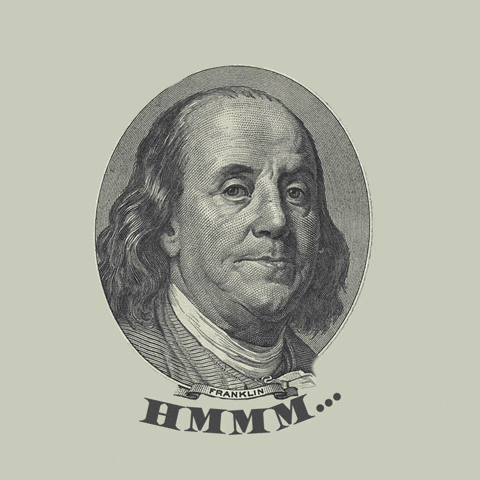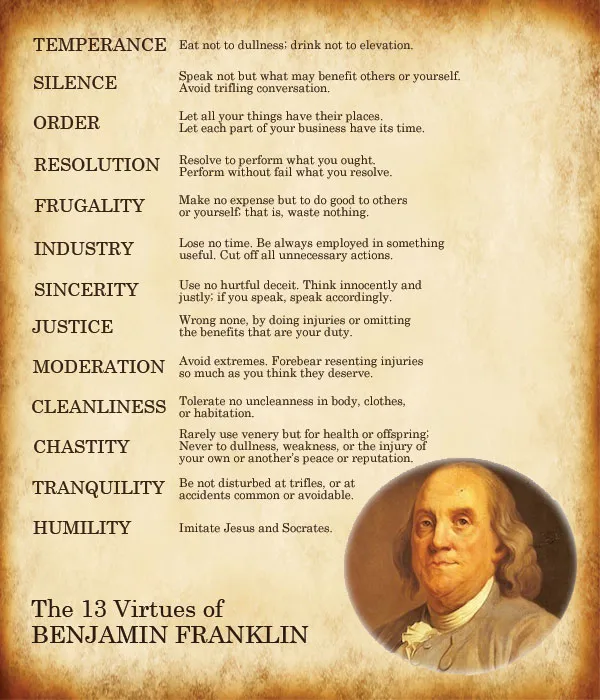Fill out the form below and our team will be with you in no time.
Need help?
Read mode

Benjamin Franklin is famous for being a statesman, inventor, and writer.
But, he was also a pioneer in what we now call gamification.
By tracking goals, building communities, and embracing incremental progress, he created a blueprint for engaging and motivating behavior—long before it became a marketing buzzword.
When people talk about America’s Founding Fathers, they rarely link them to gamification.
Yet Franklin’s life reveals a clever system of self-improvement and community-building.
He turned lofty ideals into measurable steps, much like user engagement strategies do today.
He kept score, he sought feedback, and he fostered growth through friendly collaboration.
At the heart of Franklin’s daily routine was his Virtue Chart.
A list of thirteen virtues he aimed to practice daily.

Every day, he noted his progress or slip-ups.
This acted like a modern leaderboard, reminding him where he excelled and what needed work.
His approach was simple but powerful: tackle one virtue a week, reflect each evening, and remain consistent.
It was a steady way to stay motivated without burning out.
Franklin also believed in the power of community. He created something called the Junto Club, a group of like-minded individuals who met to discuss issues, share knowledge, and encourage each other’s self-improvement.
That collective spirit mirrored the core idea behind online forums, team-based challenges, or social media groups where peers rally around a shared goal.
While Franklin’s world lacked smartphones or the internet, he embodied “active engagement.”
Instead of passively absorbing information, he designed a playful framework for learning and growth.
That framework was built on personal progress, reflection, and community feedback—elements that gamified marketing campaigns still rely on.
In essence, he understood that smaller goals, social support, and frequent check-ins help people stay focused and enthusiastic.
This same thinking can inform a brand’s modern marketing strategy.
You can digitize the scoreboard, encourage regular reflection, and build a sense of community.
You can show progress in real time, offer a space for people to share tips, and create an environment where they can celebrate wins together.
By blending these eighteenth-century principles with twenty-first-century technology, you can inspire the same kind of loyalty and momentum Franklin enjoyed.
If you want to use these age-old insights to fuel your own marketing efforts, consider what Franklin did: be intentional about goal-setting, break big ideas into smaller tasks, get people involved in a social setting, and let them see their growth day by day.
His success story reminds us that personal drive, supportive collaboration, and steady progress can turn everyday tasks into meaningful journeys.
It was true in the eighteenth century and it remains true in marketing today.